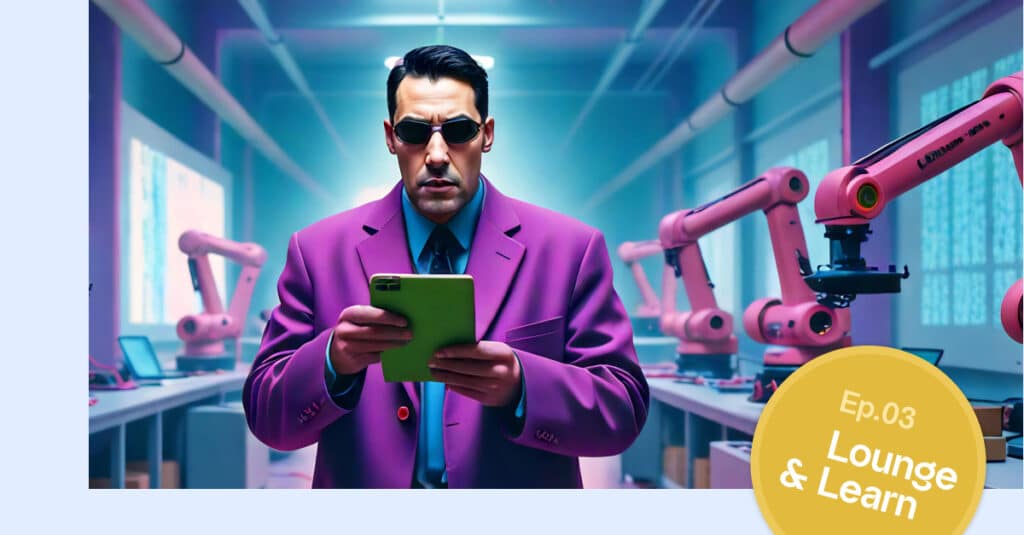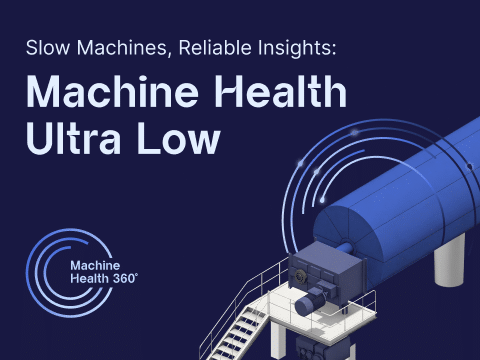
Humans are funny creatures. We can be so dumb, yet we can also create miracles (and usually, we surf the wave between the two). While it sometimes seems, “We’ll go down in history as the first society that wouldn’t save itself because it wasn’t cost-effective” – as the great Kurt Vonnegut quote goes. We are also making profound technological leaps that are driving our world in the right direction… Read all about it in our regular round-up of manufacturing-related news.
Steel Yourself: We Are Still Stuck In The Iron Age
It sounds unbelievable but we are still stuck in the Iron Age due largely to our heavy use of an iron alloy called steel. And, “without iron and steel, we would be thrown back 3,000 years into the Bronze Age,” according to ‘How To Escape From The Iron Age?’.
While steel is often, um, cast as incredibly sustainable since it can be reused without any loss of quality, it is not: “The iron and steel industry consumes more energy and produces more carbon emissions than any other industry.” And unfortunately, “we cannot lower carbon emissions if we keep producing steel with fossil fuels.”
Meanwhile, we need the steel industry to help us build wind turbines – oh, the irony.
However, the newer electric arc furnace may prove to be a gamechanger since it “consumes much less energy than the blast furnace, makes use of a recycled resource (no need to mine iron ore), and works without the direct use of coal or other fossil fuels (the electricity can be supplied by solar, wind, or atomic power).”
Unfortunately, it can only be used with scrap steel and we don’t have enough scrap available – since most is embedded in construction.
The author of this article suggests we adjust steel production to available scrap supply – which is, fortunately, rising. “By 2050, scrap availability is expected to rise to about 900 Mt, almost half of today’s global steel production. All that extra steel could be invested in expanding the low-carbon power grid without raising emissions first.” But then, this means producing fewer and smaller cars…
So, there’s still a lot of work to be done – and policies enacted – before we can finally escape the Iron Age.
A Double Whammy Solution
In related news, those amazing electric arc furnaces can apparently also recycle cement!
“Throwing old concrete into steel-processing furnaces not only purifies iron but produces ‘reactivated cement’ as a byproduct. If done using renewable energy, the process could make for completely carbon-zero cement,” according to ‘Absolute Miracle’ Breakthrough Provides Recipe For Zero-Carbon Cement’.
“Concrete is the world’s most used building material, and making it is a particularly dirty business – concrete production alone is responsible for about 8% of total global CO2 emissions. Unfortunately, it’s not easy to recycle back into a form that can be used to make new concrete structures.”
“As well as being a breakthrough for the construction industry, we hope that [this breakthrough] will also be a flag to help the government recognize that the opportunities for innovation on our journey to zero emissions extend far beyond the energy sector.”
AI Used To Power More AI
A proprietary AI combines data around subatomic particles, radar imagery, and century-old mining reports to find mountains of copper, according to ‘A.I. Needs Copper. It Just Helped to Find Millions of Tons of It’.
“It’s a technique that would be new to mining, but it has a proven, if unusual, record. Previously it’s been used to suss out the location of burial chambers in Egyptian pyramids. Researchers have studied its potential for pinpointing illegal cross-border tunnels.”
“The deposit, in Zambia, could make billions for Silicon Valley, provide minerals for the energy transition and help the United States in its rivalry with China.” Some also hope that a similar approach can be used to find other minerals required for the transition to clean energy, such as lithium and cobalt.
And, another interesting fact: “Well before wire heralded the modern age of electricity, copper was essential to Bronze Age toolmaking. Many of Zambia’s best mines were originally spotted simply because colonial officials noticed that local people had already been mining them, sometimes for centuries.”
Hopefully, the locals will get a more equitable slice of the pie this time.
“The resources needed to produce solar cells and plant them on solar farms are silicon-rich sand, sunny places and human ingenuity, all three of which are abundant.”
What Exponential Really Means
“An energy-rich future is within reach,” according to ‘The Exponential Growth Of Solar Power Will Change The World’.
“When it was a tenth of its current size ten years ago, solar power was still seen as marginal even by experts who knew how fast it had grown. The next ten-fold increase will be equivalent to multiplying the world’s entire fleet of nuclear reactors by eight in less than the time it typically takes to build just a single one of them.”
And the potential is limitless… “The resources needed to produce solar cells and plant them on solar farms are silicon-rich sand, sunny places and human ingenuity, all three of which are abundant. […] In contrast to earlier energy sources, solar power has routinely become cheaper and will continue to do so.”
“Anything that people use energy for today will cost less – and that includes pretty much everything. Then come the things cheap energy will make possible. People who could never afford to will start lighting their houses or driving a car. Cheap energy can purify water, and even desalinate it. It can drive the hungry machinery of artificial intelligence. It can make billions of homes and offices more bearable in summers that will, for decades to come, be getting hotter.”
“But it is the things that nobody has yet thought of that will be most consequential. In its radical abundance, cheaper energy will free the imagination…”
Let’s get to work.
Read the previous edition: ‘Manufacturing – The News: A Risky Time To Cut Corners’.




